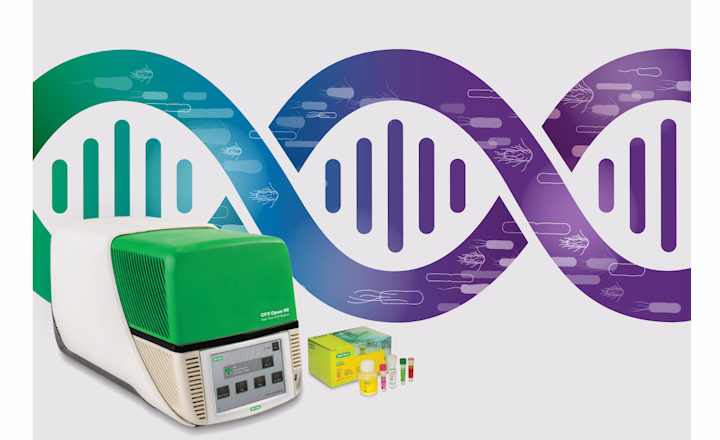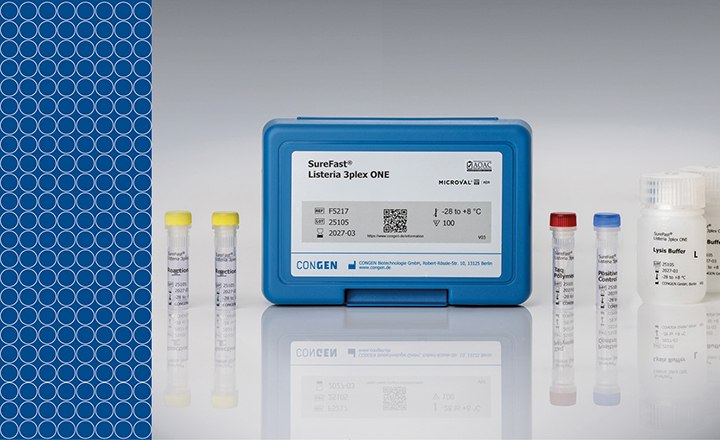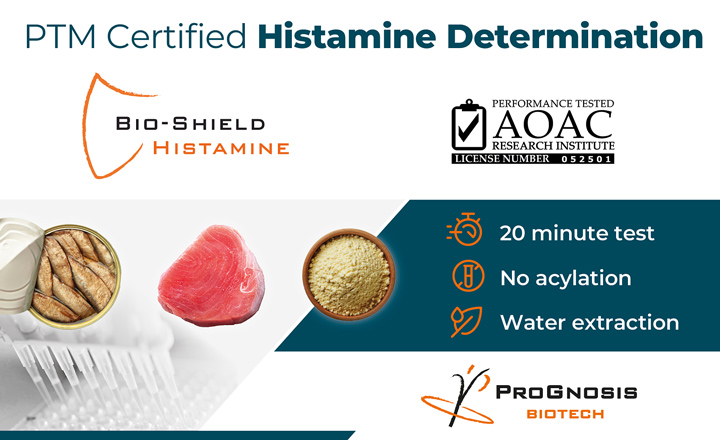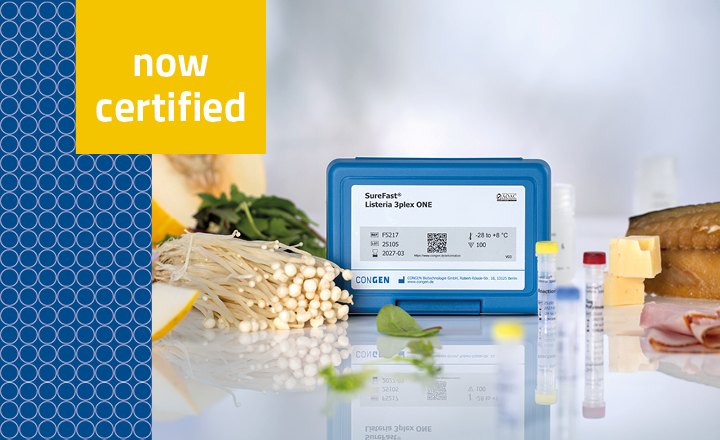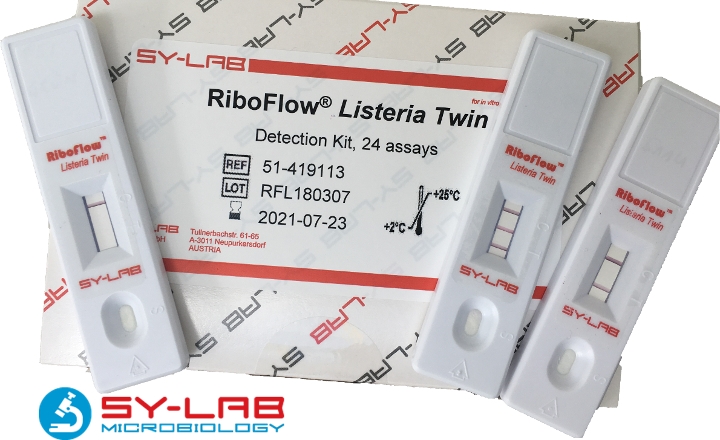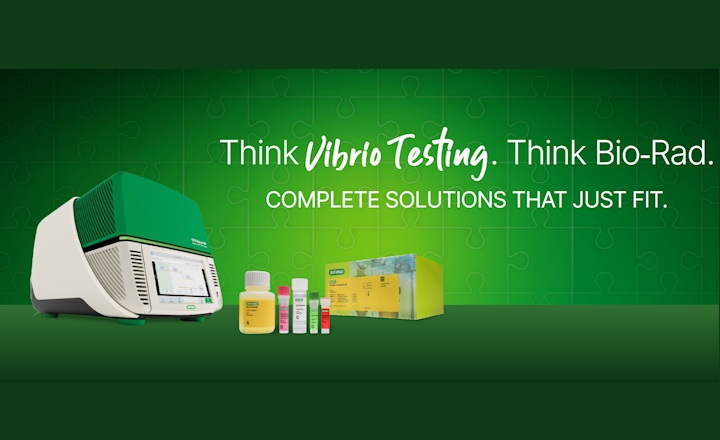We've all seen the manufacturers' flyers when there's a new product out - it's better, faster, easier .... the improvements sometimes appear endless, but how does an ordinary food microbiology lab with limited time and resources establish the reality of these claims?
Checking the validation status of a method is a key factor in the decision-making process, and MicroVal is one of the certifying bodies that validate these alternative methods—initially formed as The Eureka Project in the Netherlands in the 1990s, focusing on food microbiology and then changed its name to MicroVal in the new millennium, with their first certificate published in 2007. MicroVal is now an international organisation with a global reach, using a network of expert laboratories in both Europe and the US to examine and certify alternative methods of detection and more recently methods for identification. By comparing results from novel proprietary technologies with those obtained using the ISO standard, MicroVal has given its stamp of approval to 53 tests.
As new technologies are continuously appearing on the market, rapidmicrobiology.com talks to the current MicroVal committee chair – Dr Roy Betts (Microbiology Ambassador, Campden BRI), together with Dr Adrianne Klijn, (Microbiological and Molecular Analytics Group, Nestlé Research Centre) who is a member of the MicroVal Committee and Hein Goeyens (MicroVal Secretariat) to explore the role MicroVal plays in giving labs confidence in their choice of rapid microbiological methods.
Q: How did MicroVal start?
Roy: MicroVal began as a European project called Eureka, which was trying to write a standard to compare new microbiology methods. It involved many experts from a number of different countries, and this led to the first standard for the validation of alternative methods for microbiology - ISO 16140. At that point, MicroVal became an organisation which managed how those validations were done, and who would ultimately certify that the methods were comparable to the reference one.
Before ISO 16140 became a standard, other organisations were using what they developed themselves. I think it's fair to say that all of the organisations that are looking at method validation now will use ISO 16140 as the basis of the validation they're doing. Even in the US where they have AOAC who have been doing validations for many years, if you ask them, AOAC will be able to utilise the ISO 16140 standards for validations.
Q: Why does performance testing need to be carried out?
Roy: When it comes to the development of new test methods, the one thing we have to be assured of is that the results we get with new methods are at least comparable with the standard methods we've used for many years and which are detailed within our food legislation. Essentially, performance testing is saying; there are these new methods that have some considerable advantages over the old ones in terms of speed and reliability, but can they give the same quality of result we have with the standard methods?
Q: How does MicroVal go about validating a method?
Roy: MicroVal uses ISO 16140: Part 2 as the basis for its validation, which tells you basically how to validate new methods, and this international standard is accepted around the world. There are two distinct parts to the process; the first step is a methods comparison study. This is performed in just one MicroVal Expert Laboratory (MEL), and it goes through various parameters of the method to make sure it works in the expert laboratory's hands.
That's then complemented by the second part of the process, which is the inter-laboratory study; where the MEL prepares inoculated food samples and sends these samples out to between eight and ten different collaborating laboratories. These labs will analyse samples by using both the standard and the new method and then compare results. The reason for this part is to test the robustness of the method: It's okay when it's tested once in an expert lab, but what happens when we let other laboratories have their hands on it? Do we get the same level of compatibility between the methods when it goes out and gets used by different operators?
Although the MEL is in charge of doing the work, all of the results have to go through the technical committee to be assessed before it is decided whether the method can be certified. The MicroVal Technical Committee (MTC) will check that the work conforms with the ISO 16140 standard and that it meets the statistical requirements.
Q: How can you replicate real-life contamination in samples used for validation?
Roy: The food samples are inoculated or spiked in a way to get as close as possible to natural contamination. If required, those organisms might be stressed in a particular way that will mimic the stress that the organism would see in normal food production. This stress can be applied in several different ways and will depend on the type of food used. For example, it may be left under chill conditions for a period of time.
Q: How does a laboratory become a MicroVal Expert Lab (MEL)?
Hein: They would follow our application procedure. We ask if they have been accredited to ISO 17025, which is the laboratory quality system standard that demonstrates the level of quality running through the laboratory and tells us that they have the necessary equipment and the right management system in place to do the validation studies. Apart from this, there is an application form that they have to complete, to ensure they are familiar with performing validation studies, and particularly ISO 16140 Part 2 and Part 6, which specify the protocols required for our studies.
Q: What should kit manufacturers look for when choosing a MicroVal Expert laboratory?
Hein: I think for some, it might be about costs and availability, but more importantly, it's about the MEL's experience with the reference methods and with doing validation studies. As the secretariat, we are not involved in their choice to work with a particular MEL, but what we do see is that if they already work with one of the MELs, then they mostly stay with that lab for other validation studies. So it's also about building a relationship.
Q: What's the difference between MicroVal and other accreditation bodies?
Adrianne: AOAC doesn't necessarily certify against ISO 16140 because they have testing schemes of their own; PTM (Performance Test Methods) or OMA (Official Method of Analysis). Also, they will use the BAM (Bacteriological Analytical Manual) methods as a reference method, instead of ISO. The reference method can, therefore, be different between AOAC and European validations.
AFNOR and MicroVal are more equivalents because we both work against ISO 16140. However, MicroVal is different because the composition of both the general and technical committee is very diverse. As part of MicroVal, we have kit suppliers, expert labs, food safety authorities, as well as method users. So it's a very heterogeneous and international setup.
Roy: Then, in the Nordic countries, you have NordVal. NordVal is part of the general committee of MicroVal, as we have a NordVal observer on the committee. There have been some cases where the data we have generated in MicroVal validation work has been sent to NordVal for them to look at as well and they have been able to use that data to allow them to do validations themselves. We work closely with them, as there's a great exchange of information and a lot of mutual respect.
Q: Why should kit manufacturers choose MicroVal?
Adrianne: MicroVal's strength is in standards and validation studies, but we can also do non-standard work too. For instance, MicroVal was the first accreditation body to work against ISO 16140: Part 6, which cover confirmation or identification methods.
We have a creative, open and pragmatic view when looking at validation problems and like an end-user, we want to know that these methods are fit for purpose and that they can give us the result we expect. So MicroVal has sometimes to be a bit creative and say, okay, how can we make sure that we answered that question.
We pride ourselves on setting up various committees that contain a very high level of expertise that understands methods and how we can validate them. That enables us to look a bit differently at some very novel methods and move into areas where other validation bodies haven't gone before, such as the area of methods for confirmation and identification.
Roy: Also, if a manufacturer wants a joint validation, we're able to set up validation work that can satisfy other bodies, which we've already done with AOAC and NordVal. This adds to the credibility of the MicroVal process that other organisations will accept data we've created.
Q: How is MicroVal perceived in the United States?
Adrianne: Through my work, I meet a lot of global suppliers. In the beginning, it was mostly AOAC and AFNOR certification because they were more established. But in the last five years, there's been increasing recognition of MicroVal, more and more people are starting to consider it. The joint studies with AOAC are a consideration point.
Roy: Moreover, MicroVal is also mentioned as a third party methods validation body in the FDA's Guidelines for the Validation of Analytical Methods for the Detection of Microbial Pathogens in Foods and Feeds. This shows, when it comes to doing these types of validations, geography isn't a problem. We have companies in the USA, Europe and the Far East using MicroVal validation and certification services. There's nothing specified to say where the collaborating labs have to be.
Q: What is the future direction for MicroVal?
Roy: We're gradually moving on in MicroVal, over time, we've seen a significant increase in the number of people coming in using MicroVal as their validation certification body. And I think it has been helped by the fact that we have a unique technical strength, that allows us to look at some novel methods, that other bodies don't look at and we are able to suggest routes of validation, using our technical experts view, that maybe can't be done in other ways. I think as we move forward in the future, we will probably see an expansion in the number of tests that come to us for validation and also an increase in the number of kit manufacturers from around the world that come to MicroVal for validation. We're going to stay in the area of food microbiology testing because that's where our expertise lies. But we have an open mind in looking at other areas for validations of different test systems as well.







